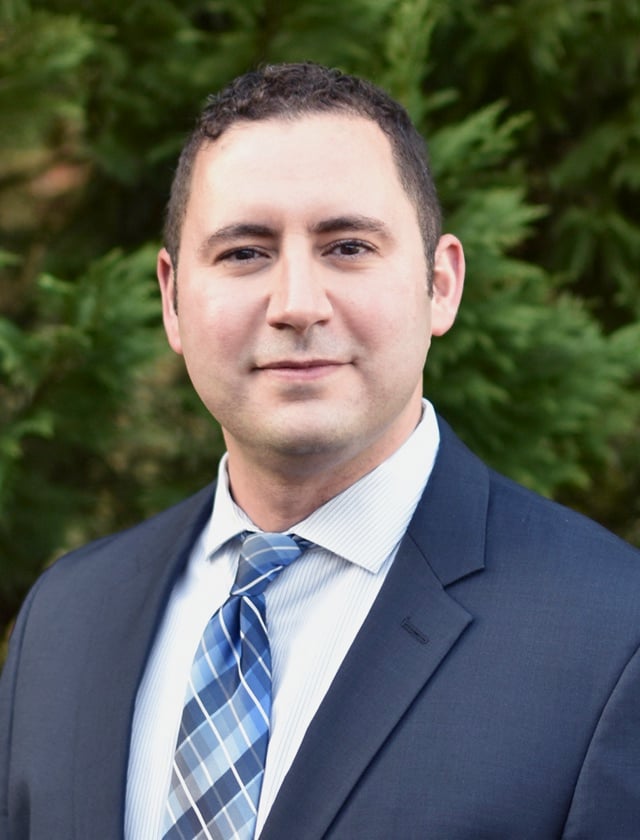A lumpectomy removes a tumor and a small area of surrounding tissue while preserving most of the breast. It’s typically recommended for early-stage breast cancer and may be followed by radiation therapy. At The Breast Center of New Jersey, we offer personalized guidance and support throughout your lumpectomy journey to ensure the best outcomes.

What is a Lumpectomy?
A lumpectomy is a surgery performed to remove a tumor from the breast. During a lumpectomy, the surgeon removes the tumor along with a small amount of surrounding normal breast tissue. The goal is to remove all the cancer while preserving as much healthy breast tissue as possible. A lumpectomy can be followed by radiation therapy to reduce the risk of cancer recurrence in the same breast. It is considered a breast-conserving surgery compared to mastectomy, which removes the entire breast.
Do I Need a Lumpectomy?
The best candidates for lumpectomy are women diagnosed with early-stage breast cancer; typically, the tumors should be less than 5 cm across and located in only one area of the breast. Lumpectomy candidates can achieve clean margins around the removed tumor. Those desiring breast conservation rather than full mastectomy are also lumpectomy candidates, providing that criteria have been met for their health and safety.
Types of Lumpectomies
When getting a lumpectomy, the overall goal is to take out the cancer while conserving as much healthy breast tissue as possible. The specific type of lumpectomy recommended depends on the extent of the cancer and the area of the breast affected by the tumor.
Excisional Biopsy
(Unknown Lesion)
This is the most common and least invasive type of breast-conserving surgery. It involves removing only the mass and a small surrounding margin of normal breast tissue. It preserves most of the breast tissue.

Partial Mastectomy
(For Cancer)
This surgery removes more breast tissue than a traditional lumpectomy. It may be done if the tumor is larger or positioned in a place that makes it too difficult to remove with clear margins while preserving the breast shape. Physicians typically recommend this for small, early-stage breast cancers.
Quadrantectomy
This surgery removes about a quarter of the breast that contains cancer. It may be recommended for a larger cancer area but maintains the bulk of breast tissue; oncoplastic surgical techniques can be used to reshape the breast mound.
What To Expect
Before Your Lumpectomy
Before your lumpectomy, you will meet with your surgeon to discuss the details of your specific treatment and what to anticipate during treatment. Your medical team will perform exams, lab tests, and imaging scans to evaluate the size and location of the breast tumor. Discuss all your questions and concerns with your care team at this time. They can also provide tips for physically and emotionally preparing for surgery.
During The Procedure
During the lumpectomy procedure, you will receive anesthesia so you will be comfortable and free of pain. The surgery itself usually lasts 1-2 hours. The surgeon will meticulously excise the tumor along with a thin layer of healthy tissue on the borders, known as clean margins. The tissue is then sent to pathology to analyze if cancer cells are present at the edges.
After The Procedure
After your lumpectomy, you will need to keep the incision site clean while it heals over the next week or two. You will also experience normal post-surgical discomfort, swelling, and bruising that can be managed with medication. Most patients can return to regular activities within 2 weeks following the procedure. However, it takes about 6-8 weeks for full recovery. Your physician will discuss follow-up radiation therapy or hormone treatment recommendations, if necessary, as the next steps after your lumpectomy.
Recovery
The recovery period following a lumpectomy is usually fairly quick and uncomplicated; most patients only spend the day of surgery in the hospital before being discharged home. For the first 1-2 weeks post-surgery, common side effects include minor pain, bruising, and swelling around the incision site on the breast. Your activity will be restricted at first–no lifting objects over 5 pounds or strenuous exercise for at least 2 weeks. However, gentle movement like walking is encouraged soon after surgery. You can likely resume driving 1-2 weeks after lumpectomy as long as you are no longer taking narcotic pain pills. Most patients return to work and normal routines within two weeks following surgery.
Make sure to get lots of rest during your recovery period. Follow all your physician's guidelines on adverse symptoms, lifestyle changes to support healing, and scheduling any follow-up radiation treatments or hormone therapy if applicable after your procedure. Let your care team know right away about any concerns.
Follow-Up Care
Care does not end once your lumpectomy incision heals. Lumpectomy requires vigilant, long-term surveillance and intervention to ensure cancer does not recur. Typically, lumpectomy requires follow-up care consisting of:
- Surgical margins examination: The tissue removed during lumpectomy will be analyzed to ensure the margins around the tumor are “clean,” meaning no cancer cells are present at the edges. If they are not clean, further surgery may be necessary.
- Radiation therapy: Most patients will undergo radiation of the affected breast for 4-6 weeks following lumpectomy. This eliminates any residual cancer cells and reduces the risk of recurrence in that breast.
- Medication: Your physician may prescribe anti-estrogen hormonal therapy, chemotherapy, or targeted drug therapy after lumpectomy to eliminate other hidden cancer cells. This also lowers the chance of recurrence.
- Routine screening: Annual mammograms of both breasts are imperative to check for potential new tumors. Quarterly and semi-annual physical breast exams will be conducted by your physician as well. Monitoring for signs of recurrence is a lifelong necessity after lumpectomy.
- Management of side effects: Your medical team will provide guidance on managing common long-term side effects like lymphedema, nerve pain, numbness, and tissue firmness in the affected breast area.
Contact Us Today
Our Doctors
The surgeons at The Breast Center of New Jersey, a division of The Institute, are leaders in treating breast cancer. Our center offers the most specialized breast cancer program in the region, with a network of nationally recognized experts in cancer prevention, screening, treatment, and recovery. Our comprehensive team specializes in breast surgical oncology, plastic surgery, so you can access coordinated, evidence-based treatment all under one roof.
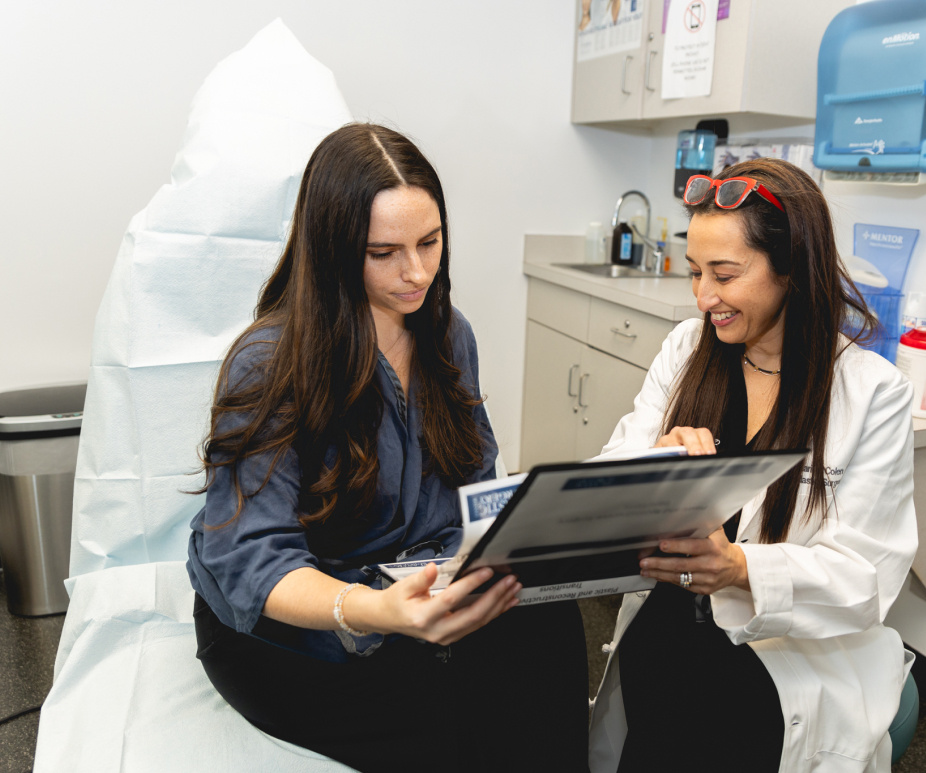
Schedule an Appointment
Preparing for a lumpectomy can be an emotionally taxing experience. The compassionate team at Breast Center of New Jersey, a division of The Institute, is here to support, guide, and comfort you each step of the way with care and expertise. We encourage you to schedule a consultation at our specialized center to discuss your breast cancer treatment options.

%201.svg)
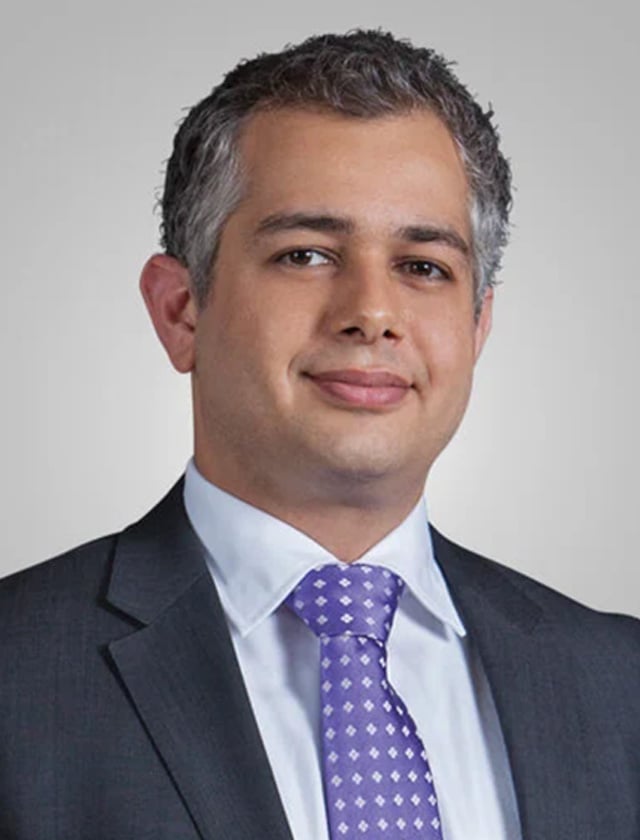






-min.png)
.webp)


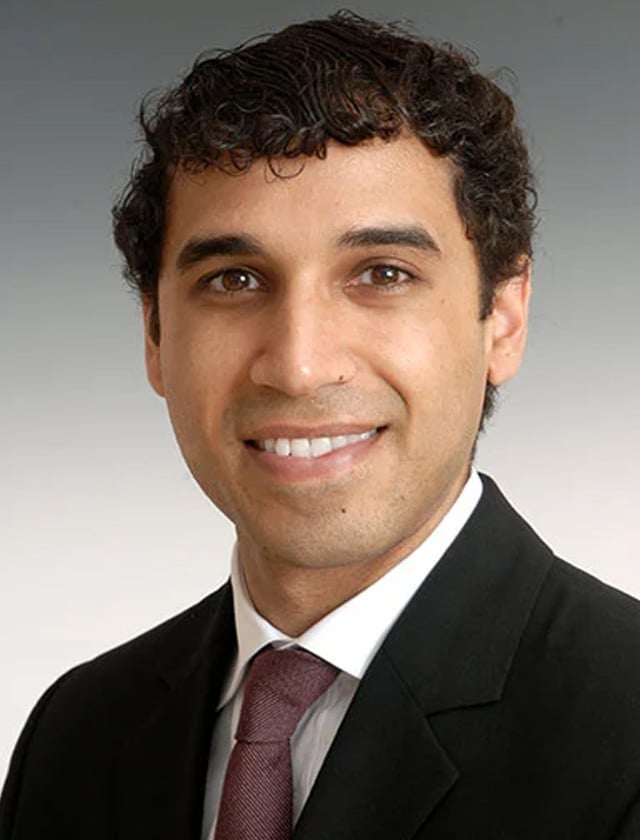







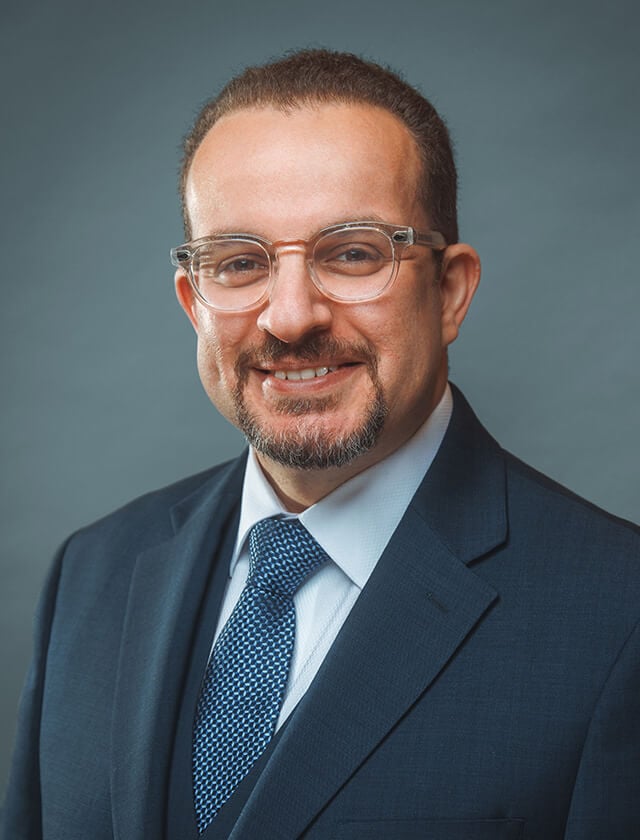
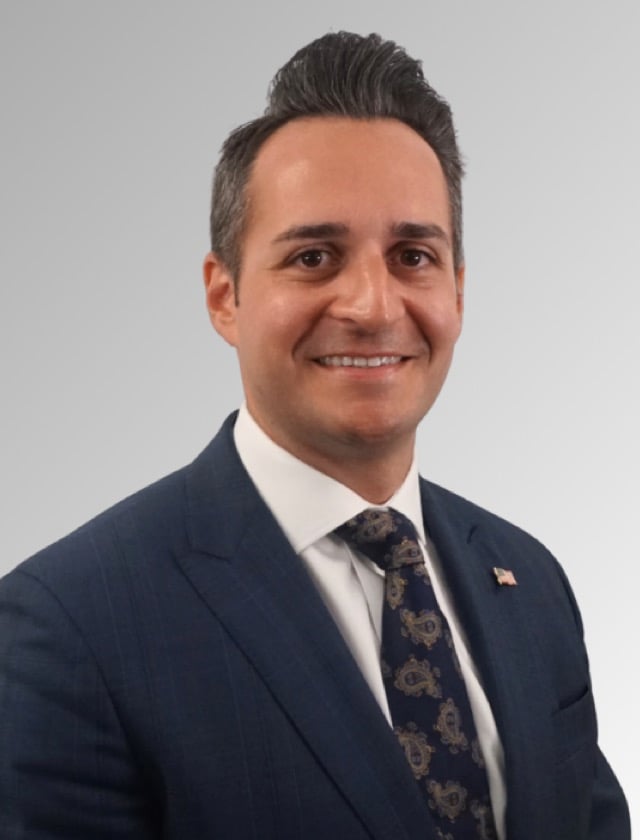











-1.jpeg)
